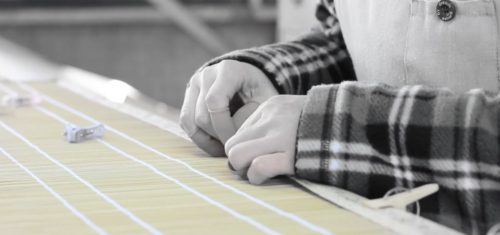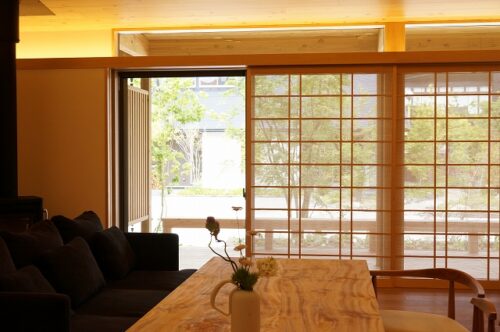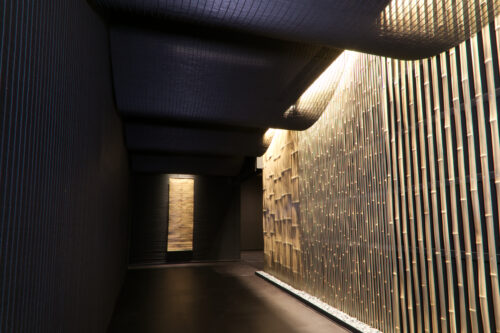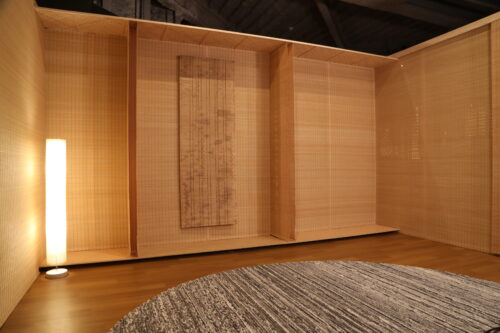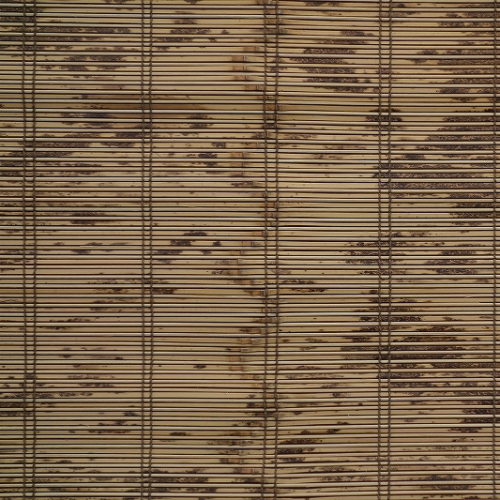

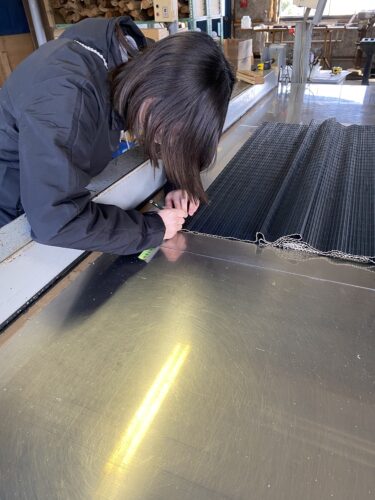

At SHIKADA SANGYO, we believe that the legacy of traditional Japanese craftsmanship lies in the hands of the next generation. We’re excited to share a glimpse into our recent factory training, where our newest team member is immersed in the intricate world of bamboo weaving.
This immersive program is designed to provide a comprehensive understanding of our products, from the meticulous manufacturing process to the exceptional skills of our artisans. Our new recruit is learning firsthand about the unique characteristics of different bamboo materials, the specialized tools used in the craft, and the careful attention to detail that goes into every SHIKADA SANGYO piece.
Here’s what our trainee has to say about the experience:
- “It’s challenging to see how much precision and skill is required to follow the manuals.”
- “There are so many different tools, and each one has its own unique way of being used.”
- “I’m gaining a deep appreciation for the distinct qualities of each bamboo material.”
Our factory manager emphasizes the importance of understanding the nuances of each material, as it directly impacts the final product’s quality and aesthetic. This knowledge is crucial for our team to provide exceptional service and cater to bespoke requests.
We’re committed to nurturing the next generation of craftspeople and ensuring that the rich heritage of Japanese bamboo weaving continues to thrive. Stay tuned for more updates on our training program and the incredible talent behind SHIKADA SANGYO.









